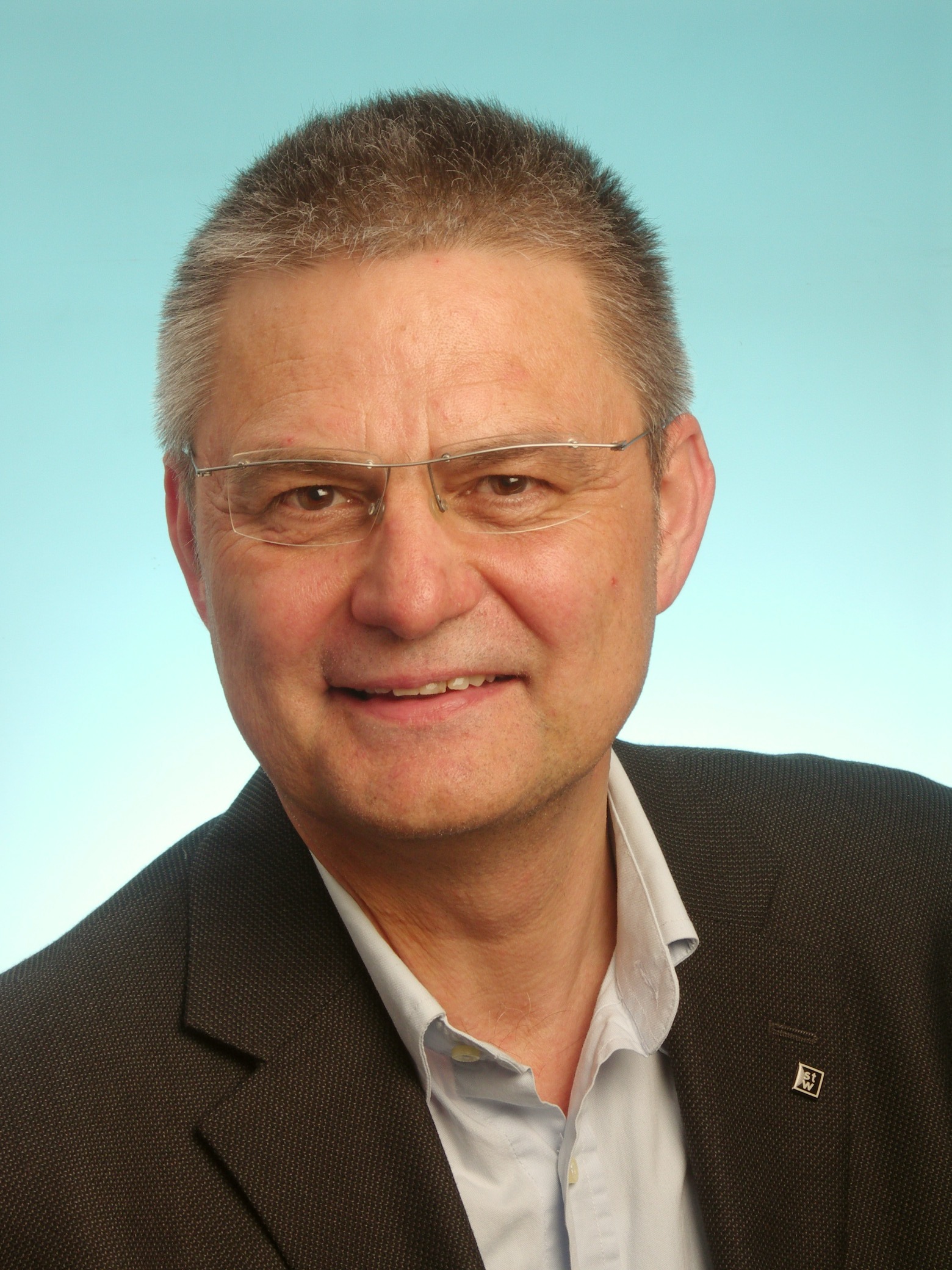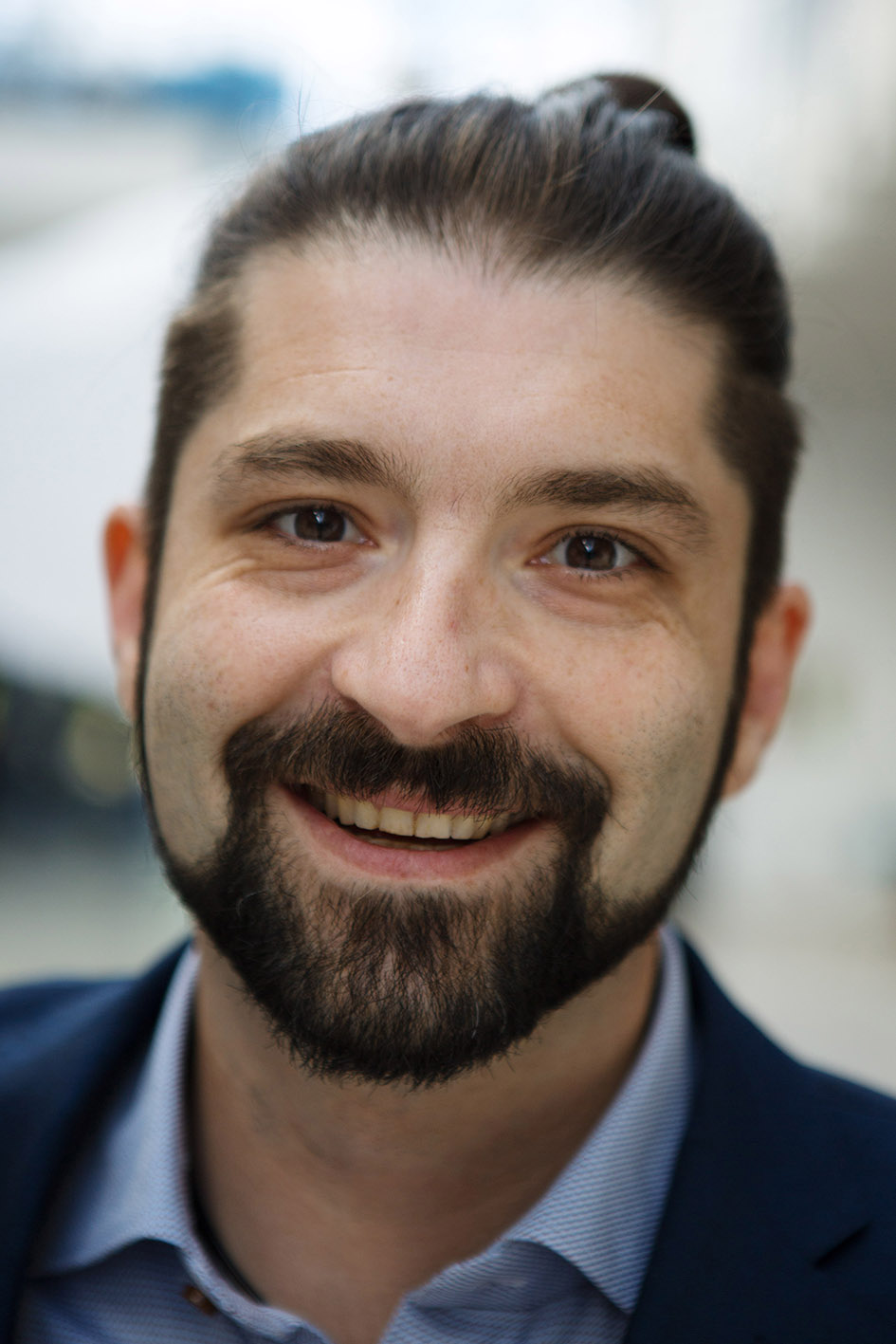Steinbeis provides support on the testing of a hybrid aircraft called “h-aero”
A startup from Baden-Wuerttemberg has developed a patented, innovative hybrid airplane that offers all the advantages of aircraft while still addressing the sustainability requirements of modern travel solutions – in keeping with the mobility trend. The concept is currently undergoing trials in an unmanned version. The Steinbeis Consulting Center for Corporate Development and Social Space Planning has been asked to provide support with commercial aspects of the project.
“Nothing can be more valuable than an invention whose time has come.” This is how Dr. Csaba Singer describes his unmanned flying system, h-aero, which is a combination of an airplane, a helicopter, and a balloon. At first glance it reminds you of a drone or even a UFO. Despite this, Prototype One only has one thing in common with a drone: it’s unmanned. Comparisons with a UFO are still valid, however, since Singer’s flying device boasts a number of completely new flying features. Singer, who studied aerospace technology at Stuttgart University, registered his patent for h-aero as early as 2006. Within a couple of years NASA was showing interest in his invention and it became one of only around 1,000 projects worldwide to be considered as an alternative form of reconnaissance for providing a bird’s eye view of Mars. Before long, an invitation arrived from Houston.
In late 2014, Singer applied for an EXI Startup Voucher as part of a plan to set up a company. Ever since he has worked alongside Konrad Roth, director of the Steinbeis Consulting Center for Corporate Development and Social Space Planning. Collaboration between the two parties revolves around the commercial aspects of the startup and planning of the overall undertaking. One of the biggest priorities at the beginning was funding. To help with this, the Steinbeis experts looked at a variety of funding options offered by the state of Baden-Wuerttemberg, the German federal government, and the EU. Initially the focus lay on non-refundable development subsidies or stipends for the entrepreneur during the development phase. The same applies today, although this time for the ongoing development needed to get the prototype ready for serial production. There are also funding programs for getting sales and marketing off the ground. To date the team has successfully brought funding worth €120,000 on board for the new business undertaking, thanks to an EXI Startup Voucher, an EXIST Business Startup Grant from university funds, and innovation vouchers (Voucher A and B). Roth also played a central role in working through the commercial aspects of the medium-term business plan. All plans relating to product costs, turnover, expenditures, liquidity, and profitability were drafted and have been regularly updated during the past two years in close collaboration with the startup. The planning period was extended to five years. At the same time, the Steinbeis experts had to continuously take care of aspects relating to financial controls. In keeping with the current trend toward alternative energy sources and sustainability, collaboration between the Steinbeis Enterprise and the startup is focusing simultaneously on two key aspects: flying with renewable energy, and solving smog and particulate matter issues in large cities by using solar thermal technology. It was against this backdrop that the Steinbeis Transfer Center for Solar Thermal Energy Systems, based in Baden-Baden, was set up under the directorship of Singer in 2015. But now, let’s get back to flying!
The thing that is new about h-aero is that it’s based on a technology that has been the subject of joint research for over 20 years, involving Stuttgart University, the KIT, and a variety of industrial partners in the region. Singer describes it as “flying with renewable energy.” His flying machine uses helium, which is incombustible and harmless. The helium is held in an elliptical balloon to provide natural uplift. As a result the aircraft requires negligible energy to create lift, so compared to current drone solutions, it can stay up in the air longer and carry much more weight. “The prototype can already carry three kilos for up to five hours right now,” explains Singer, who first presented Prototype One to the world in 2016 at the ILA Air Show in Berlin. This is not the only advantage offered by his system, however. The aircraft produces no emissions, offers vertical take-off and landing (VTOL), and can fly to a maximum altitude of 4,000 meters. The wings are fitted with propellers driven by strong electric motors to provide the necessary thrust. During daylight hours, they can if necessary also be provided with extra energy supplied by solar panels. If it’s dark, power can be supplied by one or several battery packs. The hope at the moment is that h-aero will be able to hover in the air for months at a time, so in the future it may be able to help with things like providing communication networks. This is a specific aspect that Facebook and Google are looking into. Despite this, Singer believes that there are enough providers of key technology in Germany to work alongside partners in the south of the country (Cyber Valley) and that this will give them a head-start of five years over the technology giants of Silicon Valley.
Since the ILA Air Show in Berlin, what was once a spin-off at Stuttgart University is now a proper startup. At the company, officially named Hybrid-Airplane Technologies GmbH (Ltd), since December 2016 a team of ten experts has been working on developing the prototype into a first hybrid unmanned aircraft that will be ready to go into serial production. The team is also working on launch plans with the Steinbeis Consulting Center for Corporate Development and Social Space Planning. The first clients have already been lined up and signed specific letters of intent. The next big challenge will be sales and marketing. To get the ball rolling, a sales workshop moderated by Steinbeis specialists was organized in March. The aim was to pull together the insights gained up to now and discuss them with potential clients to work up a sales and client structure, sales channels, selling instruments, and systems for processing sales.
Looking at travel requirements over the coming decades, as well as the necessary changes these will bring in terms of technical systems, the main priority will not be the fact that h-aero can already do a lot more than the most powerful quadcopters on the market. Nor will it be about showing that the technology can provide spectacular shots using 25-kilo cameras from Hollywood. Instead, the big story is that h-aero now makes it possible to carry the kinds of loads and make the kinds of journeys that are currently handled by weather balloons, airborne mineral detectors, pollutant measuring devices in big cities, airborne equipment used by the police, minefield detectors used by the UN, or even wildlife surveying equipment used by the Max Planck Institute. Larger versions of h-aero are currently under development, and in the future they should be able to help with setting up communication networks at short notice. “They’d make radio masts superfluous,” says Singer. h-aero is a flagship technology, especially given societal shifts toward an ecologically and socially responsible market economy, the transition to alternative energy sources, electric vehicles, connected manufacturing (Industry 4.0), and the growing demand for sustainable solutions. The decisive advantage with this new technology lies in its outstanding flight duration and its excellent safety record. If something starts to go wrong with h-aero in technical terms, it slowly hovers back down to earth like a parachute.
Experts believe the market for unmanned aviation systems holds tremendous potential in the coming years. By 2020, the commercial market for load-bearing drones will generate sales of USD 127 billion. According to Frankfurter Allgemeine newspaper, the value of the global drone market itself will rise by 50 percent by 2021 to hit USD 12 billion. Hybrid-Airplane Technologies already has a product in the bag that is ready for production and geared to future requirements. This was possible because its time had come, but also because the competition never sleeps. “One good thing about the aerospace industry is that in principle, and ignoring any commercial considerations, it’s a learning curve – so it means that we’re all working together. The third dimension holds the greatest untapped potential in physical terms for the whole of humanity. I’m sure that this collaboration will become even more
Contact

Konrad Roth

Dr. Casba Singer
Konrad Roth is director of the Steinbeis Consulting Center for Corporate
Development and Social Space Planning, which offers customersolutions spanning the entire spectrum of business administration.The consulting carried out at the center revolves around corporate
development and the planning of areas used by society.
Dr. Csaba Singer is the founder of Hybrid-Airplane Technologies GmbH
and director of the Steinbeis Transfer Center for Solar Thermal Energy
Systems.
Konrad Roth
Steinbeis Consulting Center Corporate Development and Social Space Planning (Au am Rhein)

